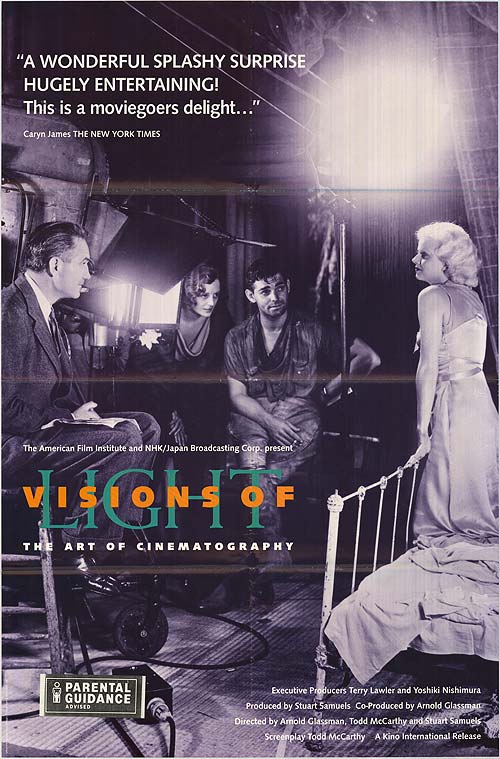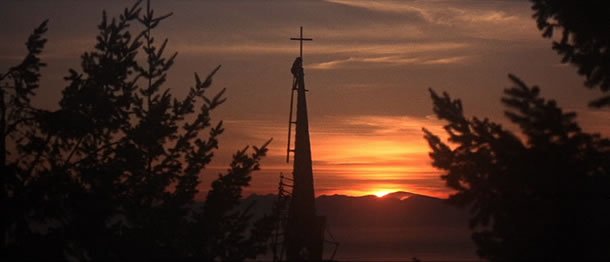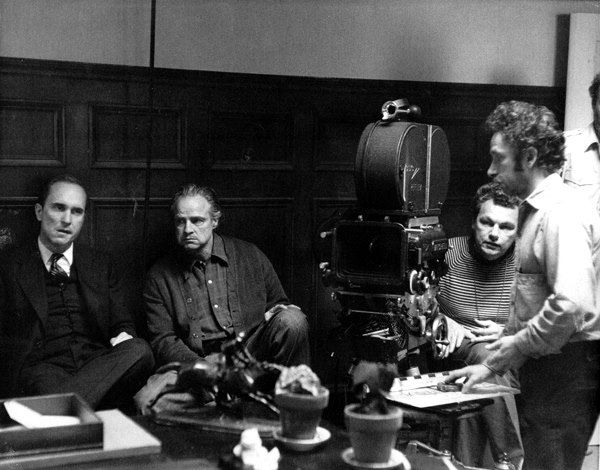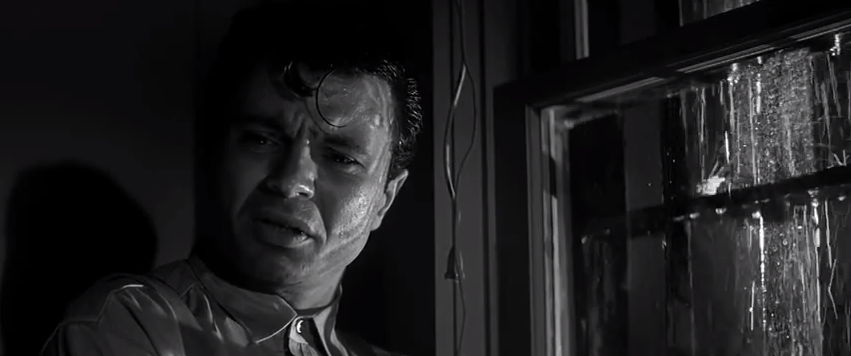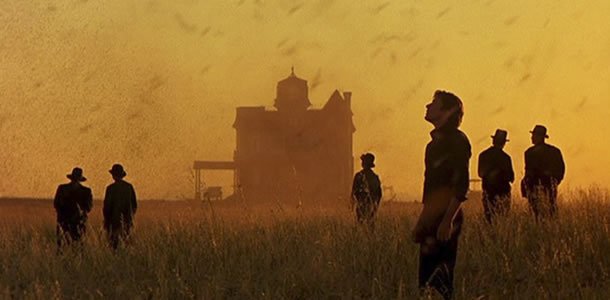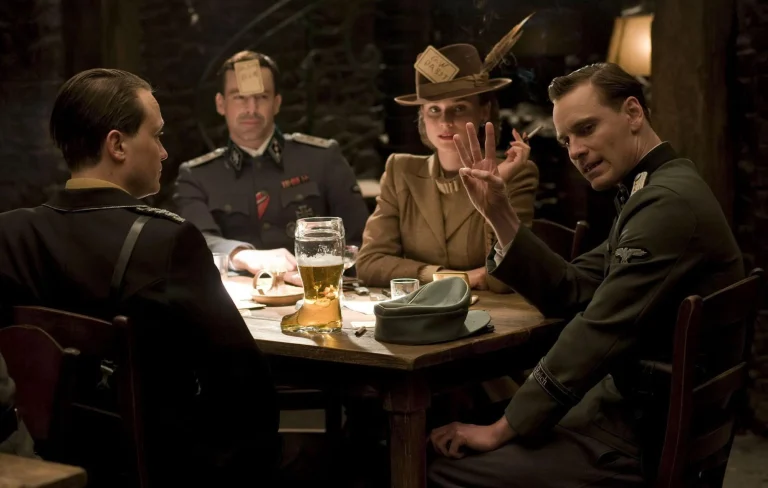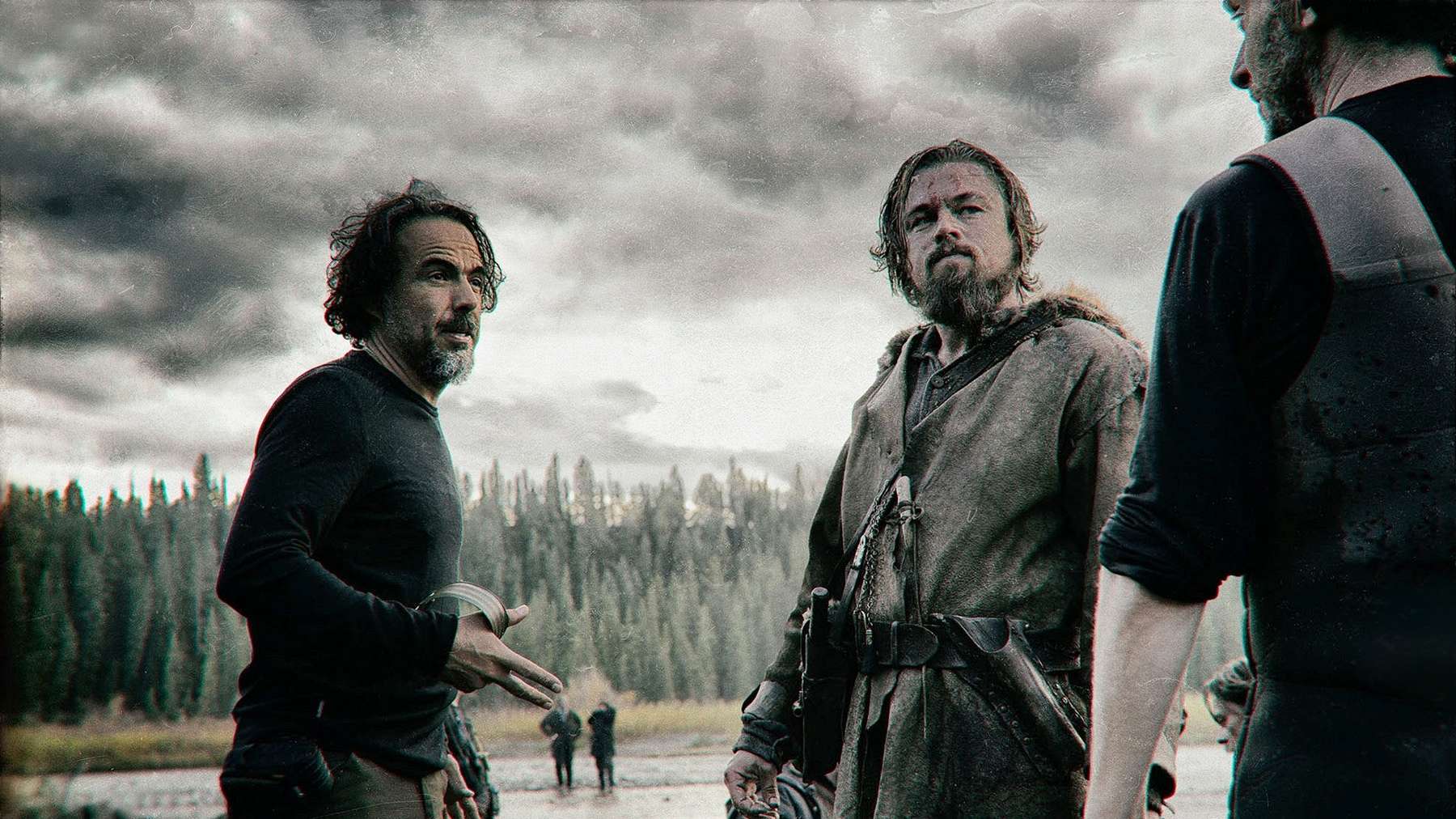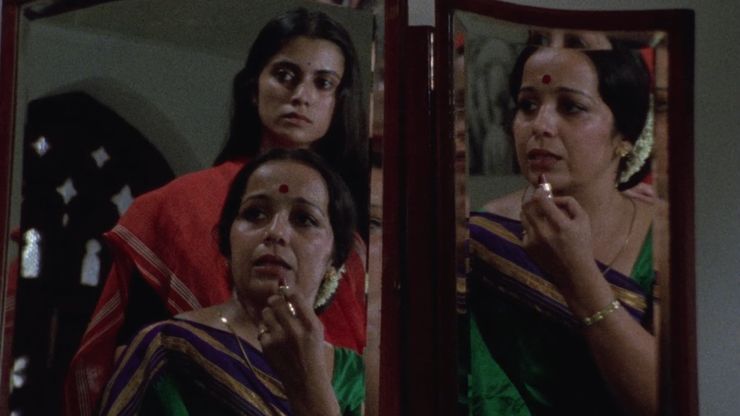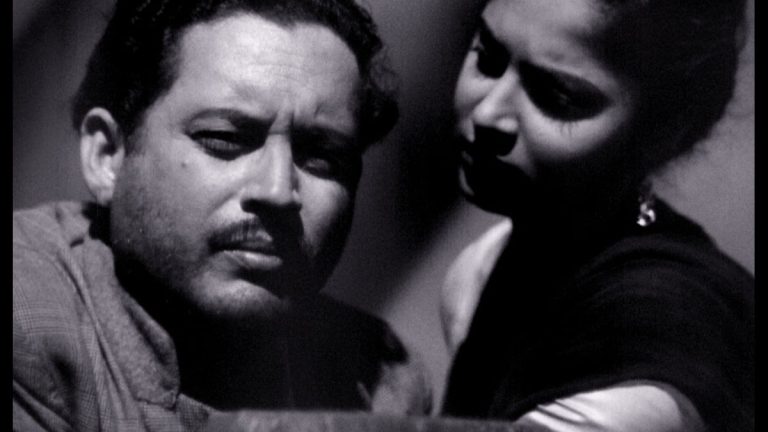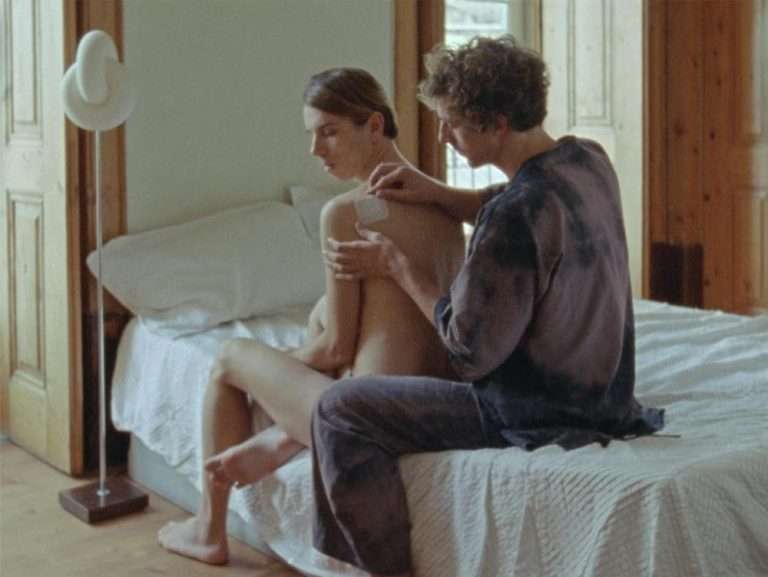“I don’t think that movies should be made because of the dialogue. I think it should have a good story alright, I think the important thing has to be high distort visuals, and you know dialogue should be like music in the film” – Vilmos Zsigmond
Great cinematography has a tendency of sneaking up on you. When it’s done well, the average moviegoer will have a sense of appreciation for the level of visual beauty on display but most people aren’t really conscious of the artistry involved and the incredible level of work that goes into the making of all of those pretty pictures. I know for me personally, it took many years of film appreciation before it finally occurred to me the extremely important place that cinematography holds within the movie making process. In many ways, a film lives or dies with its DP. At the very least, the best cinematographers are capable of greatly enhancing the level of artistry on screen through their arresting visuals.
Names like Gordon Willis, Haskell Wexler and Vilmos Zsigmond are probably not familiar to the average filmgoer but they should be essential to anyone with even the faintest interest in cinema. These men’s accomplishments working on films such as The Godfather, The Deer Hunter and Who’s Afraid of Virginia Woolf? will live on in the annals of cinema history, yet it came as a great shock to me that each of them recently passed away. I mean, I consider myself a devout film enthusiast and cinema is one of the great loves of my life but in researching this article, I was stunned to learn of each man’s passing. I mean, how is it possible that I didn’t hear a single thing reported about any of their deaths? All 3 men were voted amongst the 10 most influential cinematographers of all time by a jury of their peers in the International Cinematographers Guild, yet when they passed, it was treated as nothing more than a small blip in popular consciousness. That’s totally unacceptable. It’s with that in mind, that I finally decided to take the time to watch the 1992 documentary Visions of Light that prominently features all 3 men.
The entire documentary is readily accessible to anyone directly from YouTube (the link is provided below) and needless to say, it comes highly recommended. I can’t begin to describe how thrilling It was to hear Néstor Almendros’ (Days of Heaven) thoughts on the so-called “magic hour” which happens just as the sun is about to set for the evening providing a photographer with the softest light available. Interestingly enough, Days of Heaven is a unique film in that the majority of the film was shot during that particular time of day. Haskell Wexler also goes into detail describing the scenes that he himself shot during the making of Days of Heaven. Another point of interest was hearing Vittorio Storaro’s description of how he carefully chose the color palette of The Last Emperor and the thoughtful symbolism that went behind each color choice. It becomes quite clear early on in the documentary that cinematography isn’t just a matter of pointing the camera in the right place and in the right light, there are considerably more factors involved than that. The entire documentary is just loaded with fascinating anecdotes from many of the great cinematographers in film history like Michael Chapman (Raging Bull), Ernest Dickerson (Do the Right Thing) and John A. Alonzo (Chinatown). Even if you’ve only got 5 minutes to spare, I implore you to check out Conrad Hall’s description of how he achieved the now-famous effect of raindrops reflecting through the glass and over Robert Blake’s face in In Cold Blood. Again, for anyone with even a faint interest in cinema, Visions of Light should be treated as required viewing.
What’s bittersweet about the film is that about half of the cinematographers interviewed in the film are now deceased. The majority of them, with limited fanfare or recognition. Among them, of course, the 3 that I named above that have all passed over the course of the last year and a half or so. Luckily, their work in film will be preserved for as long as Earth shall exist and I take great comfort in knowing that if I ever want to see one of Gordon Willis’ famous uses of underexposed lighting, all I have to do is pop in my copy of The Godfather and there it shall be. What’s equally encouraging is the gluttony of incredible DPs that have cut their teeth since the release of the film. Cinematographers like Emmanuel Lubezki, Roger Deakins, Janusz Kamiński, Robert Richardson, Wally Pfister, Robert Elswit and Matthew Libatique to name but a few continue to push the medium in fascinating new directions. In these artists capable hands, I’m convinced that great visual cinema will not only continue to survive but thrive for decades to come. My only real concern with the art of cinematography is that it’s something of an old boys club and it needs to be opened up a bit more to make it more inclusive for women. In today’s highly progressive society though, I’m convinced that day will come sooner than later. Now, if we could only start giving these great artists their due then in the immortal words of Gary Cole in Office Space: “That’d be great”.
Watch ‘Visions of Light’ below:
https://www.youtube.com/watch?v=-vE00atOW7M

